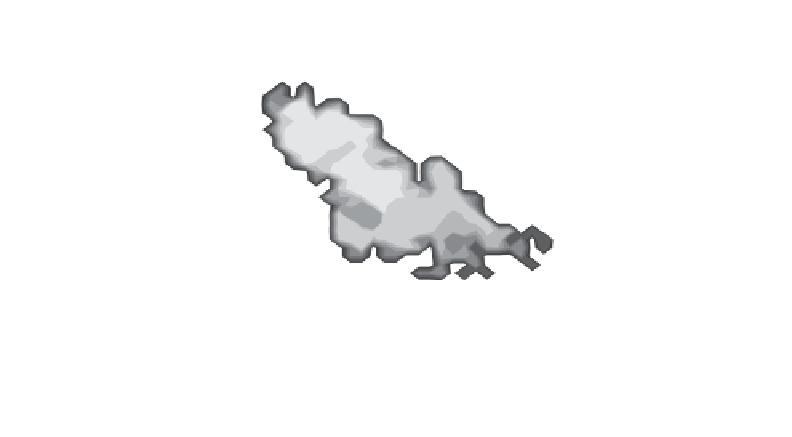Geoscience Reference
In-Depth Information
15
DM
10
C?
5
HIMU
0
EM I
-5
0.702
0.703
0.704
0.705
0.706
87
Sr/
86
Sr
Figure 11.10
Two-dimensional histogram of Sr and Nd isotope compositions of oceanic basalts and the
distribution of the four major mantle components (end-members): depleted mantle (DM,
prevalent in MORB), high-
238
U/
204
Pb (HIMU) mantle (probably recycled oceanic crust), enriched
mantle (EM) of type I (uncertain), and type II (recycled terrigenous sediments); C stands for the
“common” component, which probably represents an average composition of the deep mantle.
derive from the melting of this anomalous mantle. The most popular interpretation is that
andesites are melts formed upon invasion of the mantle wedge overlying the subduction
zone by dehydration fluids. A critical question is the assessment of the respective contri-
bution of the subducting plate and the mantle wedge to the inventory of each element in
orogenic magmas.
Ocean island basalts pose an enormous challenge to geochemists. The complexity of
their isotopic characteristics has caused lasting confusion, which is only now beginning to
clear. First, OIB are isotopically heterogeneous. In the range of radiogenic isotopic ratios,
e.g. for
87
Sr/
86
Sr,
143
Nd/
144
Nd,
177
Hf/
176
Hf,
206
Pb/
204
Pb, etc., these heterogeneities can
only be accounted for by the mixture of a minimum number of isotopic “components.”
These are thought to correspond to different mantle sources, which each represent a dif-
ferent geodynamic object. The components are normally referred to by their acronyms:
DM (depleted mantle) stands for a depleted source similar to the MORB source and to the
asthenosphere found beneath the mid-ocean ridges; the HIMU component is characterized
by particularly radiogenic lead (high
238
U/
204
Pb), a character that may be
inherited from remelting of ancient ocean crust; EM (enriched mantle) stands for a man-
tle enriched in incompatible elements, either by incorporation of sediments (EM II) or by
invasion of the mantle by mineralized deep fluids (EM I). A ubiquitous component, known
as FOZO (for focus zone) or C (for common component), probably embodies the average
composition of the deep mantle. Oceanic basalts normally occupy a specific range of iso-
tope ratios, involving different radiogenic isotopes such as
87
Sr,
206
Pb,
207
Pb,
208
Pb, etc.
(
Figs. 11.10
and
11.11
)
. Such chemical complexity is also found in the relative distribution
μ
, with
μ
=






























































































































































































































































